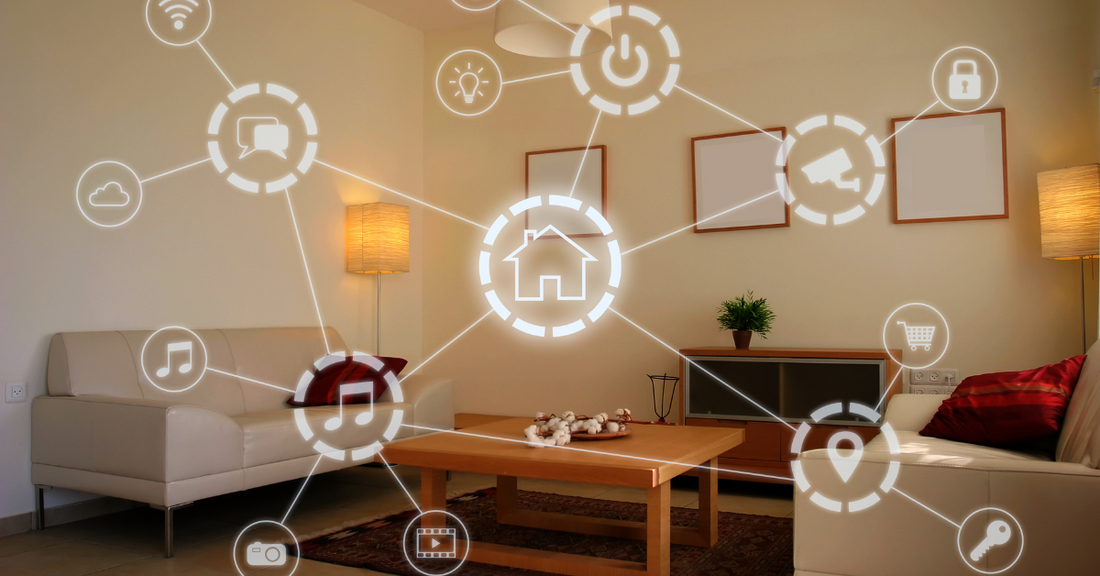
Building a Self-Hosted Hybrid Cloud Infrastructure for Smart Home and SME with Open-Source Solutions
Introduction
Purpose of the Article:
Hybrid cloud infrastructure combines the best of both worlds—public and private clouds—by enabling seamless integration and management of resources across these environments. This approach offers the flexibility to scale resources dynamically while maintaining control and security over sensitive data. In this article, we’ll delve into the process of building a self-hosted hybrid cloud infrastructure specifically tailored for smart home environments and small to medium-sized enterprises (SMEs).
For smart homes, hybrid cloud infrastructure allows you to centralize the control of IoT devices, automate home systems, and securely store and access media and personal data. By leveraging open-source solutions, you can customize your setup to meet specific needs, from home automation to personal cloud storage, all while ensuring data privacy and control.
For SMEs, a self-hosted hybrid cloud offers the ability to manage business-critical applications, data, and services without relying solely on third-party providers. This not only reduces operational costs but also enhances data security and compliance. With open-source tools, businesses can tailor their infrastructure to fit their unique requirements, from running virtual machines to setting up secure remote work environments.
The focus of this article is on using proven open-source tools and solutions that provide the flexibility, scalability, and cost-efficiency needed to build a robust hybrid cloud infrastructure. Whether you’re integrating smart home devices or managing business applications, the solutions covered here will empower you to create a highly functional and secure environment tailored to your needs.
Target Audience:
This article is designed for tech enthusiasts, small business owners, and home labbers who are interested in building and managing their own cloud infrastructure. Whether you’re a homeowner looking to enhance your smart home setup or a small business owner seeking more control over your IT resources, this guide will provide you with the knowledge and tools needed to create a self-hosted hybrid cloud solution. Additionally, IT professionals and hobbyists who enjoy exploring open-source technologies and building custom solutions will find valuable insights and practical advice throughout the article.
Section 1: Understanding Hybrid Cloud Infrastructure
What is a Hybrid Cloud?
A hybrid cloud infrastructure is a computing environment that combines the use of both public and private cloud resources. In this setup, an organization or individual leverages on-premises (private cloud) infrastructure in tandem with public cloud services to create a cohesive, flexible computing ecosystem.
In a hybrid cloud model, the private cloud typically hosts sensitive or critical workloads, such as databases, internal applications, or personal data that require tight security and control. Meanwhile, the public cloud is utilized for less sensitive, more scalable workloads like hosting websites, handling spikes in traffic, or providing additional compute resources on-demand. The integration between these two environments is key, allowing for seamless data transfer, resource scaling, and workload management across both private and public clouds.
The core of a hybrid cloud lies in its ability to allow workloads to move between private and public clouds as computing needs and costs change, giving greater flexibility and more options for data deployment and management.
Why Go Hybrid at Home and SME?
For smart homes and SMEs, the hybrid cloud model offers significant advantages:
- Flexibility: Hybrid cloud allows you to run certain services locally on your private infrastructure while offloading other tasks to the public cloud. This flexibility is ideal for environments where some data and services must be kept on-premises for security or latency reasons, while other services can benefit from the scalability and accessibility of the public cloud.
- Cost Savings: By combining local resources with cloud services, you can optimize costs. For example, instead of investing heavily in local infrastructure to handle occasional high workloads, you can rely on the public cloud to manage those peaks. This approach reduces the need for expensive hardware while still providing the capacity to scale when needed.
- Privacy and Control: A hybrid cloud setup offers the privacy of a private cloud with the elasticity of a public cloud. For smart homes, this means that personal data, like home automation logs or media files, can be stored securely on a local server, while less sensitive data or high-compute tasks can be handled by the public cloud. For SMEs, sensitive business data remains on-premises, while public cloud services can be used for customer-facing applications or less critical workloads.
Use Cases:
- Home Automation: With a hybrid cloud, smart home devices can be managed locally, ensuring low latency and high security, while using the public cloud for tasks like remote access, updates, or integrating with third-party services. For instance, you could run your home automation hub locally while using cloud-based AI to analyze data and optimize energy usage.
- Media Servers: A hybrid cloud setup allows you to host a local media server for streaming movies, music, and other content within your home network, ensuring fast access and minimal buffering. At the same time, you can use cloud storage for backups or to share media with family members remotely.
- Backup Solutions: For both homes and SMEs, hybrid cloud can be an excellent solution for data backup. Critical files and backups can be stored locally for quick recovery, while additional backups are kept in the cloud for disaster recovery purposes. This approach ensures that your data is safe and accessible, even in the event of hardware failure or other issues at your physical location.
- Business Applications: SMEs can run core business applications locally to ensure maximum performance and control, while using cloud resources to scale operations during peak times or to manage external-facing services. For example, a retail business might keep its point-of-sale system on-premises but use cloud services for inventory management or customer relationship management (CRM) software.
By adopting a hybrid cloud approach, both smart homes and SMEs can leverage the strengths of both public and private clouds, creating a versatile and efficient computing environment that meets their specific needs.
